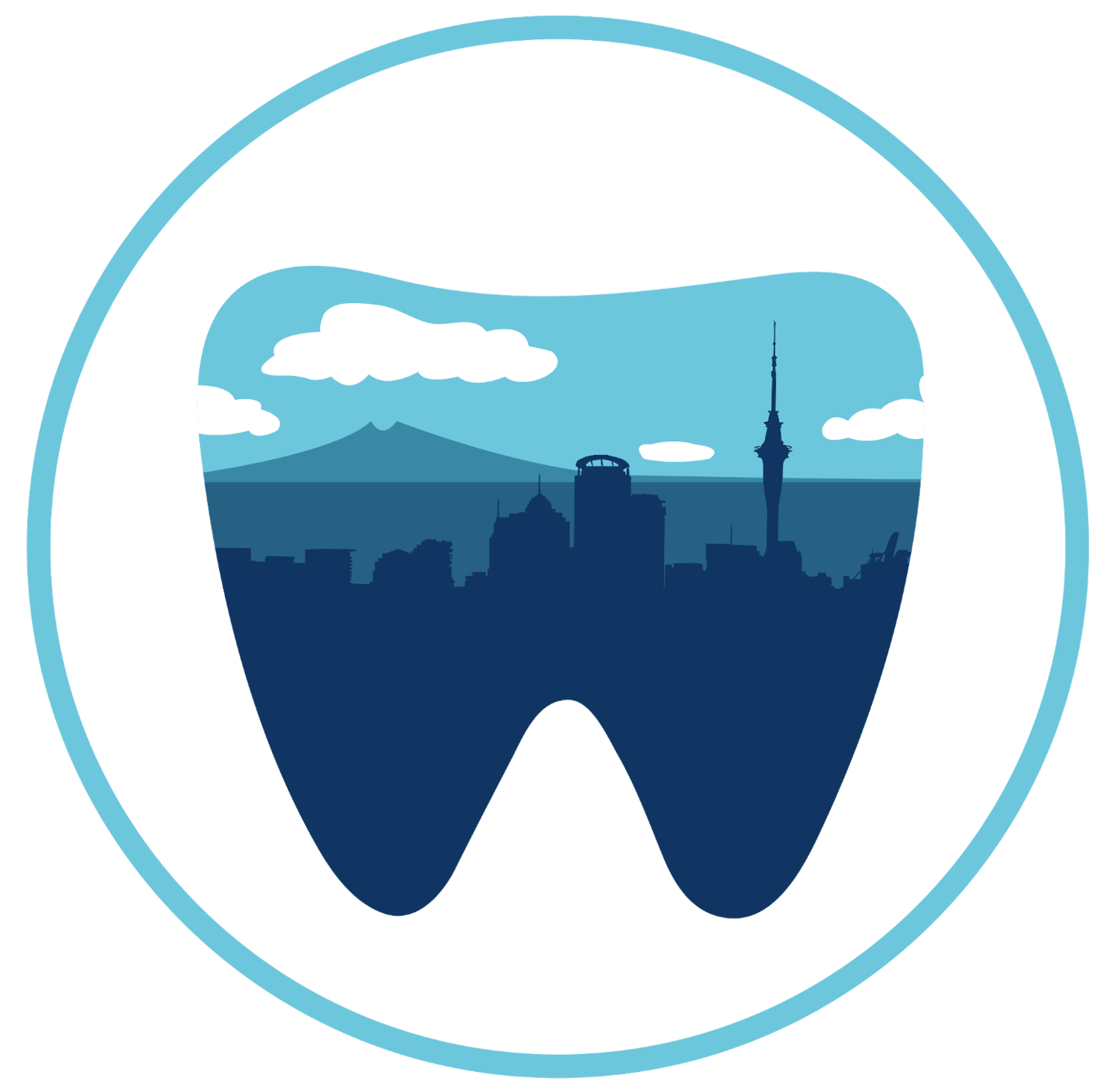TMJ Disorder Symptoms and Signs
Temporomandibular Joint (TMJ) disorders are a group of conditions that cause pain and dysfunction in the jaw joint and muscles controlling jaw movement. The TMJ connects the lower jaw (mandible) to the skull (temporal bone) in front of the ear. Problems with this joint and the surrounding muscles are referred to as TMJ disorders or TMD (Temporomandibular Disorders).
Common Symptoms of TMJ Disorders
Jaw Pain and Tenderness
Jaw pain is a prevalent symptom, often described as a dull ache that can range from mild to severe. This pain typically manifests around the jaw joint and can extend to the ear, neck, and shoulders.
Clicking, Popping, or Grating Sounds
Individuals with TMJ disorders frequently report clicking, popping, or grating sounds when opening or closing their mouth. These sounds can be accompanied by pain or discomfort but are not always indicative of a serious problem.
Difficulty Chewing or Biting
TMJ disorders can make chewing or biting difficult and painful. Some people might experience their jaw locking in an open or closed position, further complicating these activities.
Limited Range of Motion
A reduced ability to open the mouth wide is another common symptom. This limited range of motion can interfere with eating, speaking, and maintaining oral hygiene.
Ear-Related Symptoms
Many people with TMJ disorders experience ear-related symptoms, such as earaches, tinnitus (ringing in the ears), and a feeling of fullness in the ears. These symptoms occur due to the proximity of the TMJ to the ear structures.
Facial Pain and Swelling
Facial pain, especially in the cheeks and around the eyes, is a frequent complaint. Swelling on one or both sides of the face can also occur, often exacerbating the pain.
Causes and Risk Factors
Trauma or Injury
Direct trauma to the jaw or head, such as from a blow or accident, can cause TMJ disorders. This type of injury can damage the joint itself or the surrounding muscles and ligaments.
Arthritis
Arthritis, including osteoarthritis and rheumatoid arthritis, can affect the TMJ, leading to pain and reduced function. This condition causes inflammation and degradation of the joint tissues.
Bruxism (Teeth Grinding)
Chronic teeth grinding or clenching, known as bruxism, puts excessive pressure on the TMJ, potentially leading to disorders. This habit often occurs during sleep and can be linked to stress or anxiety.
Structural Jaw Problems
Congenital or developmental issues with the jaw structure can predispose individuals to TMJ disorders. These structural abnormalities can affect how the jaw functions and aligns.
Diagnosis of TMJ Disorders
Medical History and Physical Examination
A thorough medical history and physical examination are crucial for diagnosing TMJ disorders. During the examination, a healthcare provider will check the jaw's range of motion, listen for joint sounds, and palpate the jaw muscles for tenderness.
Imaging Studies
Imaging studies such as X-rays, CT scans, or MRI can provide detailed information about the TMJ's structure and any underlying abnormalities. These tests help in confirming the diagnosis and planning treatment.
Treatment Options for TMJ Disorders
Self-Care and Home Remedies
1. Heat and Cold Therapy
Applying heat or cold packs to the affected area can help reduce pain and inflammation. Heat can relax the muscles, while cold packs can numb the pain.
2. Soft Diet
Eating soft foods and avoiding hard or chewy substances can minimize jaw strain and reduce symptoms. Foods like yogurt, mashed potatoes, and smoothies are excellent choices.
Medications
1. Pain Relievers
Over-the-counter pain relievers such as ibuprofen or acetaminophen can help manage pain and inflammation. In some cases, prescription medications may be necessary.
2. Muscle Relaxants
Muscle relaxants can help reduce muscle tension and spasms around the jaw. These medications are typically used for short-term relief.
Physical Therapy
1. Jaw Exercises
Specific exercises can strengthen jaw muscles, improve flexibility, and reduce pain. A physical therapist can design a tailored exercise program for individual needs.
2. Ultrasound Therapy
Ultrasound therapy uses sound waves to generate heat within tissues, promoting healing and reducing pain in the jaw muscles.
Dental Treatments
1. Bite Guards or Splints
Custom-made bite guards or splints can prevent teeth grinding and correct jaw alignment. These devices are typically worn at night.
2. Dental Corrections
In some cases, correcting bite problems or misaligned teeth through orthodontics or restorative dental work can alleviate TMJ symptoms.
Surgery
Surgery is usually considered a last resort when conservative treatments fail. Surgical options include arthrocentesis, arthroscopy, and open-joint surgery, each with specific indications and risks.
Preventing TMJ Disorders
Stress Management
Stress can contribute to muscle tension and bruxism, exacerbating TMJ disorders. Techniques such as meditation, yoga, and biofeedback can help manage stress levels.
Good Posture
Maintaining good posture, especially during activities like working on a computer, can reduce strain on the jaw and neck muscles. Ergonomic adjustments to the workspace can be beneficial.
Avoiding Extreme Jaw Movements
Avoid habits like chewing gum, biting nails, or opening the mouth too wide, as these actions can strain the TMJ. Being mindful of these habits can prevent exacerbation of symptoms.
TMJ disorders are complex conditions that can significantly impact quality of life. Understanding the symptoms, causes, and treatment options is essential for effective management. If you suspect you have a TMJ disorder, consult with a healthcare professional for an accurate diagnosis and personalized treatment plan.


